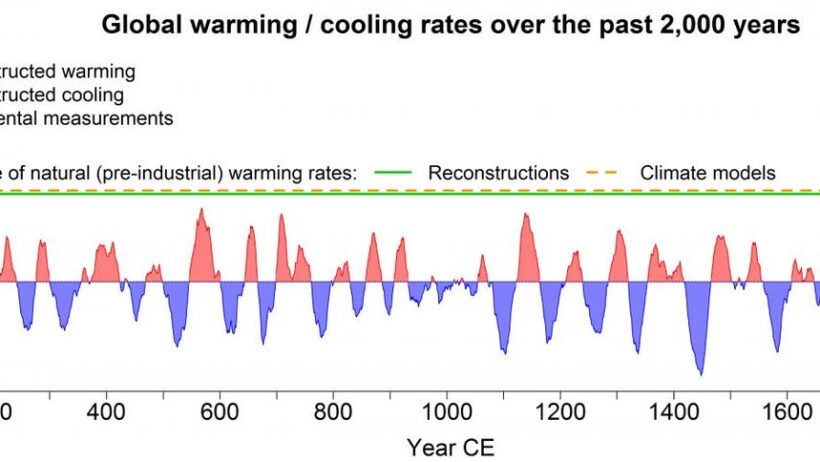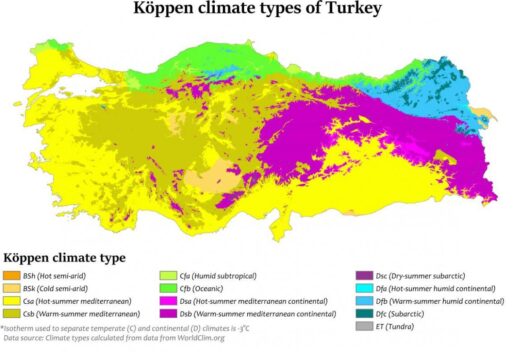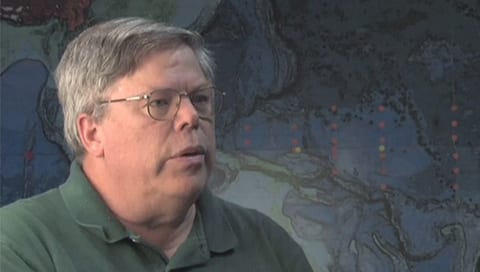Global warming refers to the gradual increase in the Earth’s average surface temperature due to the accumulation of greenhouse gases (GHGs) in the atmosphere. This phenomenon raises the pivotal question: Has global warming gotten worse over the years? A comprehensive examination is necessary to understand the current trajectory of climate change, the scientific consensus surrounding it, and the various impacts on our planet and its inhabitants.
To answer the initial query, one must first investigate historical temperature trends. Scientists utilize various methods to reconstruct past temperatures, including ice core samples, tree rings, and sediment layers. These methodologies indicate that the Earth has indeed experienced fluctuations in climate over millennia; however, the last century stands out. The Intergovernmental Panel on Climate Change (IPCC) reports that the global average temperature has risen by approximately 1.2 degrees Celsius since the late 19th century. A seemingly modest figure, but the repercussions are profound and far-reaching.
Evidence of increasing temperatures is not merely theoretical or abstract; tangible manifestations are occurring across the globe. Glaciers and polar ice caps are receding at an alarming rate, leading to rising sea levels that threaten coastal communities. For instance, the Arctic sea ice extent has diminished by about 40% since the late 1970s. This stark reality is prompting urgent calls for action—not only for mitigation strategies but also for adapting to the irrevocable changes that have already transpired.
Moreover, the frequency and intensity of extreme weather events have escalated, which serves as a glaring indicator of a warming planet. Heatwaves, hurricanes, and droughts have become more common and severe, placing immense pressure on ecosystems, agriculture, and water resources. For instance, the 2020 wildfire season in California set unprecedented records, burning millions of acres and demonstrating how climate change compounds threats to biodiversity and human life. In the context of socio-economic impacts, it is often marginalized communities that bear the brunt of these climatic upheavals, leading to a cycle of vulnerability and injustice.
In addition to the immediate effects of warming, scientists have noted feedback loops that exacerbate the situation. One of these loops involves the melting of permafrost in Arctic regions, which releases stored carbon dioxide and methane—two potent greenhouse gases—into the atmosphere. This not only accelerates warming but also creates a scenario where the very mechanisms that kept temperatures stable are now reinforcing the heat-trapping effects of GHGs.
Another worrying aspect of global warming is ocean acidification. The oceans absorb about 30% of atmospheric carbon dioxide, resulting in chemical reactions that reduce seawater pH levels. This acidification is detrimental to marine life, particularly organisms reliant on calcium carbonate, such as corals and shellfish. The degradation of coral reefs poses significant threats to marine biodiversity, which serves as a crucial resource for billions of people worldwide.
Despite the somber picture painted by these trends, there is room for hope. The narrative surrounding climate change is evolving; it is no longer solely a distant concern, but an immediate, critical challenge demanding urgent action. The awareness of global warming’s detrimental impacts has spurred grassroots movements, governmental initiatives, and international accords aimed at reducing GHG emissions. The Paris Agreement of 2015 marked a significant step in the collective effort to curb emissions and hold global warming to well below 2 degrees Celsius above pre-industrial levels, with aspirations for 1.5 degrees Celsius.
Technological innovations also play a pivotal role in addressing climate issues. Renewable energy sources, such as solar and wind, are rapidly being integrated into the global energy framework. Countries are increasingly investing in sustainable practices, including a transition from fossil fuels to green technologies. Electric vehicles are becoming more commonplace, and legislative measures are being proposed that encourage energy efficiency at all levels—from cities and industries to individual households. The shift towards a circular economy is gaining momentum as well, incentivizing a reduction in waste and promoting sustainable consumption patterns.
Nevertheless, actions must be sufficiently bold and swift to meet the challenges posed by climate change. Delayed or insufficient responses can exacerbate the already dire situation, rendering even the most optimistic projections inadequate. It is essential to acknowledge the harrowing reality that climate change is not merely an environmental issue; it intertwines with social, economic, and political dimensions that cannot be disregarded.
In conclusion, the trajectory of global warming indicates a worsening scenario, characterized by rising temperatures, extreme weather patterns, and ecological degradation. While the situation is grave, the myriad efforts underfoot reveal a growing commitment to addressing the crisis. This commitment necessitates an acknowledgment that individual actions, community initiatives, and policy changes must converge to create a robust framework for combating climate change. Only through collective action can humanity safeguard the planet for future generations, ensuring it endures as a livable habitat. The journey toward climate justice starts now, and its success hinges on relentless vigilance, innovative strategies, and an unwavering commitment to our planet’s health.







